Are you thinking of having a new extension added to your home? In this guide, we’ll discuss the steps you can take toward bringing your extension to fruition DIY safely. Unsurprisingly, most aspects of building an extension are not DIY-friendly, but certain parts are. Let’s begin, shall we?
Designing/Planning
While you’ll want to hire a professional designer or architect to lay out a vision for your extension fully, you can certainly start brainstorming some design ideas.
By working through broad design ideas and planning, you can approximate how you want your extension to look. From there, a designer/architect can hone in on and eventually fully establish a more concrete design.
Of course, it’s worth keeping an open mind if the designer/architect has any suggestions that involve rethinking the approximate design you have in mind in case they have ideas that may work better for you and your property.
Adding Interior Fixtures/Fittings
It’s also possible to fit interior fixtures/fittings once the construction majority of the work on the extension has been completed.
However, as with virtually any aspect of DIY extension work, it’s essential to undertake it at the right time. This means checking with all relevant professionals involved in the project, from the builders to the plumber to the electrician and ensuring that it is okay for you to go ahead and take a DIY step in the project (e.g., adding interior fixtures/fittings).
Once the time is right and it’s verified as safe by all relevant professionals involved in building, preparing and finalising your extension, you may want to add certain fixtures/fittings that are suitable to be installed by a DIYer.
If you’re unsure whether any fixture/fitting is safe to add DIY, you can always check with a relevant professional for advice.
The fixtures/fittings that are generally safe to add DIY include:
- Cabinets
- Countertops
- Flooring
- Interior doors
- Curtains and blinds
- Certain light fixtures
If you’re in doubt about what fixtures/fittings you can safely add, such as based on your skills/experience and the state of the extension work, always check with all relevant professionals.
For example, do not add light fixtures unless the electrician verifies it’s safe. And, it goes without saying that you must follow the instructions, especially any safety instructions, to a T before undertaking any practical work DIY.
Painting and Decorating
The most DIY-friendly work for an extension is painting and decorating. Once virtually all other work has been completed for the construction and near finalisation of your extension, you can paint and decorate the interior.
Here are the key pointers to consider for painting an extension’s interior:
- Make sure you use a suitable paint type and product
- Ensure you apply the correct number of coats
- Carefully think about what colour and shade to use by considering how it will make the room look and feel and how it will contrast or complement other elements of the space.
- Follow the manufacturer’s instructions to a T
- Keep open windows while painting and keep them open for much of the days after, once the weather makes it safe to do so (i.e., you wouldn’t want to do this in the middle of a storm – although you could just wait till a storm passes before beginning the paint job)
- Allow it time to dry.
When decorating, spend a good amount of time considering how you want to decorate your place.
Ways of decorating an extension might include the addition of harmonious colour schemes, including well-suited furniture, fitting wall decor (e.g., paintings, mirrors, murals, suitable house plants that are safe for pets, if you have any, personal items such as photographs etc.).
Hiring Professionals to Build and Finalize Your Extension
As mentioned, most work involved in fully bringing an extension to life must be done by suitable professionals. As a result, it’s worth considering these pro tips for hiring the right professionals.
Firstly, when hiring a professional or company, whether you are looking to hire a builder, construction company, designer, architect, electrician, plumber, or otherwise, we’d suggest getting quotes from three professionals in each case.
So, let’s say you’re looking for a designer to draw up plans for your extension. You’ll want to get quotes from at least three designers in your area.
Why get 3+ quotes? The idea is to have several options to increase your chances of securing good value for money.
You should compare each professional/company you’ve obtained a quote from by considering their price, level of experience, any online reviews/ratings they have (if they exist), and even how well you get on with them. With this information, you can make an informed decision before opting for your favourite based on a range of factors.

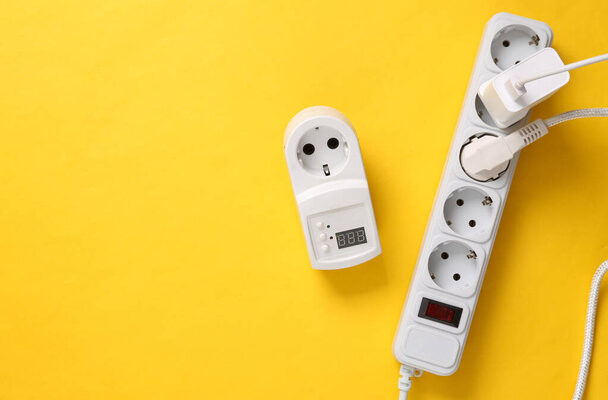
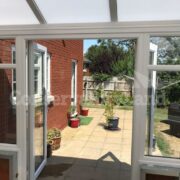
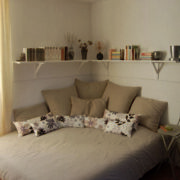

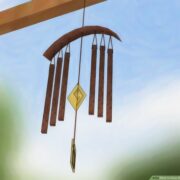


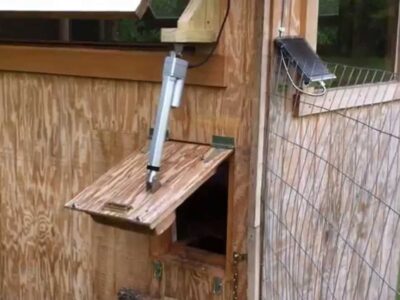

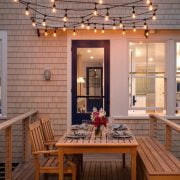
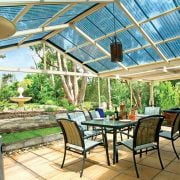
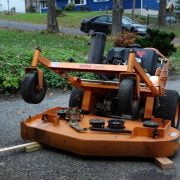

Comments